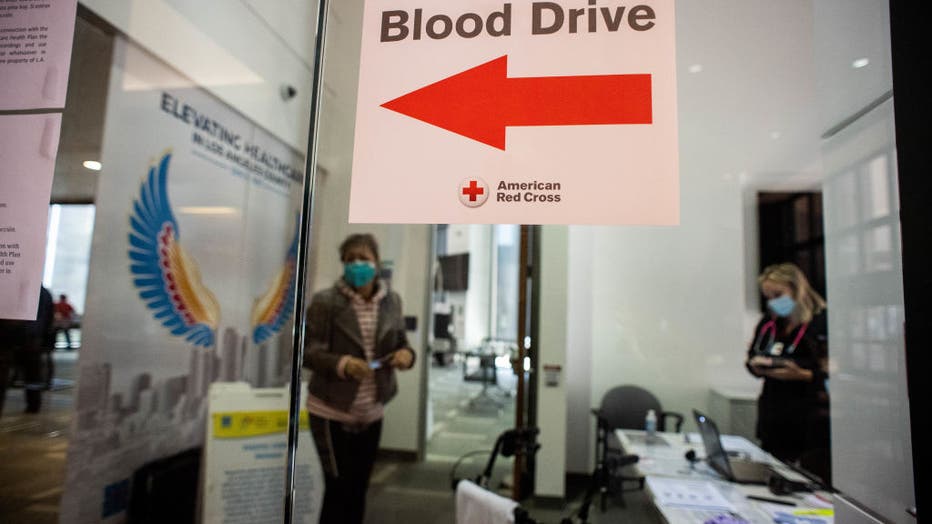Southern California Blood Bank now welcomes gay, bisexual men as donors
IRVINE, Calif. - Following the FDA's newly released guidance regarding the blood donor screening process, Southern California Blood Bank welcomes newly eligible donors, including gay and bisexual men, as of Friday, Oct. 20. Earlier this year, the FDA stated that the blood donor screening process must be the same for every prospective donor, regardless of gender or sexual orientation.
Now, donors must be screened with a questionnaire that evaluates their individual risks for HIV based on sexual behavior, recent partners and other factors, rather than a blanket screening only for sexual orientation or gender.
"Southern California Blood Bank has always prioritized the safety of our blood supply, and this change will surely contribute to an even more robust inventory for patients locally and throughout the country," said CEO Doug Morton. "Our systems are now updated, and we are excited to welcome new donors into our family."
The new policy mirrors those adopted in both Canada and the UK. It is a major step forward in the ongoing work of increasing the number of available donors, according to officials.

LOS ANGELES, CA - MARCH 23: The Red Cross and L.A. Care Health Plan hold a blood drive in Los Angeles on Tuesday, March 23, 2021. The Red Cross is experiencing a shortage of blood donations during the pandemic as blood drives have been canceled. (Pho
RELATED:
- Desperate need for blood donations amid coronavirus pandemic, Red Cross says
- Donate blood and you could go to Super Bowl LVI
The U.S. and many other countries began blocking blood donations from gay and bisexual men during the early 1980s AIDS epidemic; an aim to prevent the spread of HIV through the blood supply.
In 2015, the FDA replaced the lifetime ban with a one-year abstinence requirement. But in 2020, the FDA shortened the abstinence period to three months, after donations plummeted during the COVID-19 pandemic.
For decades, gay rights organizations have long opposed these blanket restrictions on blood donations, saying that such screening procedures discriminate against the LGBTQ+ community.
Officials confirmed that there has not been a negative impact on the blood supply as a result of these changes.

